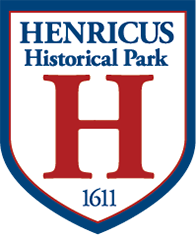A Dance Around the Maypole
May 1, or May Day, is known throughout the world as a celebration of the return of Spring. But how did this event get its start? Like many other holidays, May Day is a mix of different cultures which blended their beliefs and practices over the years into what we see today.
The origins of May Day go back almost 2,000 years. Many cultures like the Greeks and various Germanic tribes celebrated the coming of Spring. The Celts, who were living in what are now the British Isles, celebrated Beltane. This was a fire festival which celebrated the end of winter and the coming of the fertile planting season. As the days grew longer, fire represented the return of light and the end of darkness to the world. Many young men and women also used the festival for courtship rituals, often leading to marriage.
When the Romans invaded the British Isles they brought with them a holiday called Floralia, which was a celebration of the Roman goddess of flowers. The festivities lasted approximately five days near the end of April and beginning of May, and involved theatrical performances, sacrifices, and sporting events to celebrate the end of Winter and arrival of Spring. Like many other holidays and practices, Floralia, Beltane, and many other cultures slowly combined and adopted many of the rituals we see today on May Day.
By the 1600s many traditional May Day practices had been established in Europe, including crowning a May King and Queen, and decorating a maypole with flowers and ribbons, then dancing around it in a circle. Though still prevalent throughout the world, many May Day customs did not make their way to America since the Puritans, who established the colonies of New England, forbade the rituals as many of them dealt with human fertility (a very much taboo subject for the Puritans) and had pagan origins. Still, some customs did eventually develop in the United States, including the creation of May baskets, which are filled with flowers or treats and left on a neighbor’s doorstep. What May Day customs do you celebrate today?
Written by Josh LeHuray, Education Supervisor


